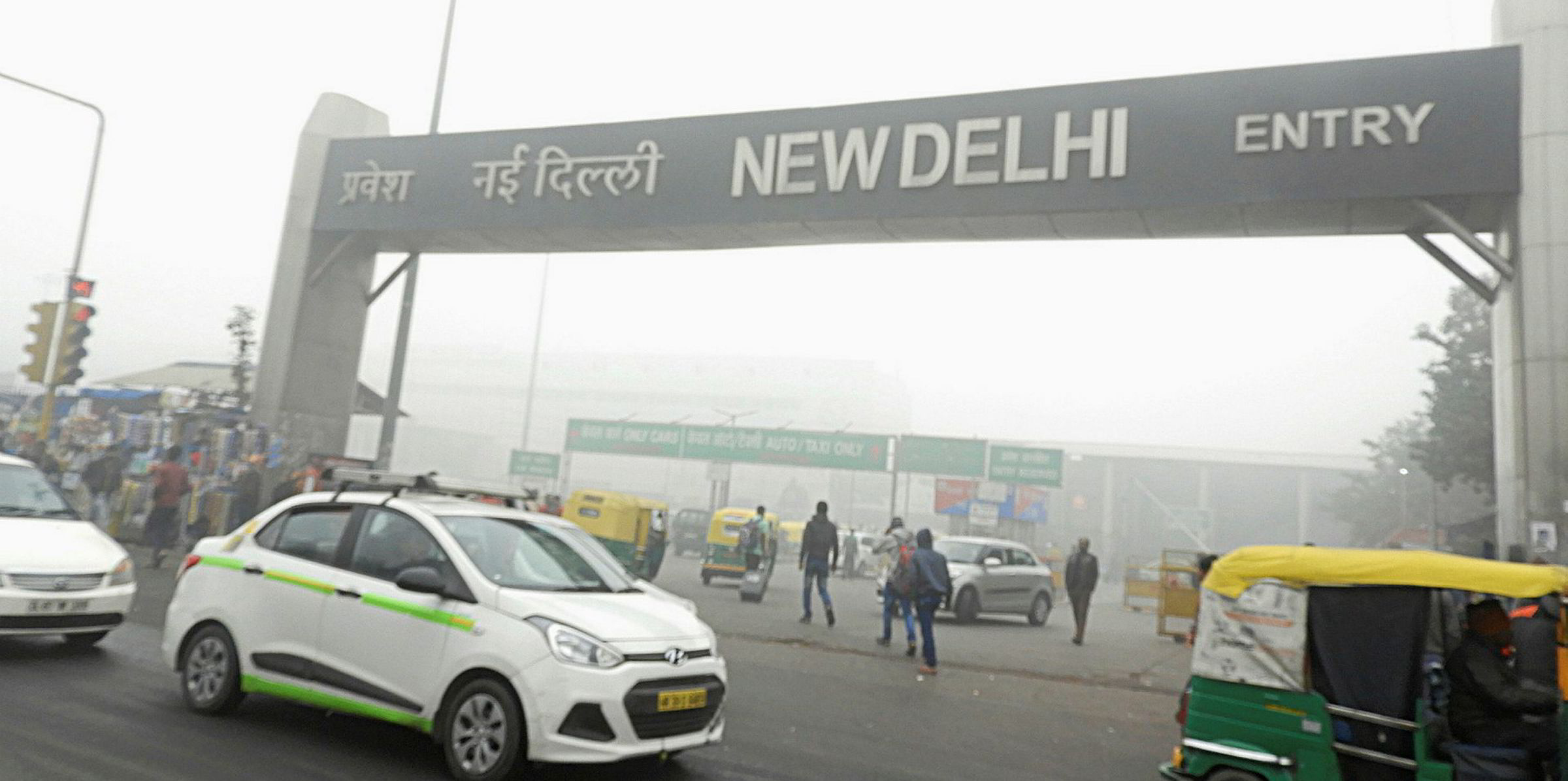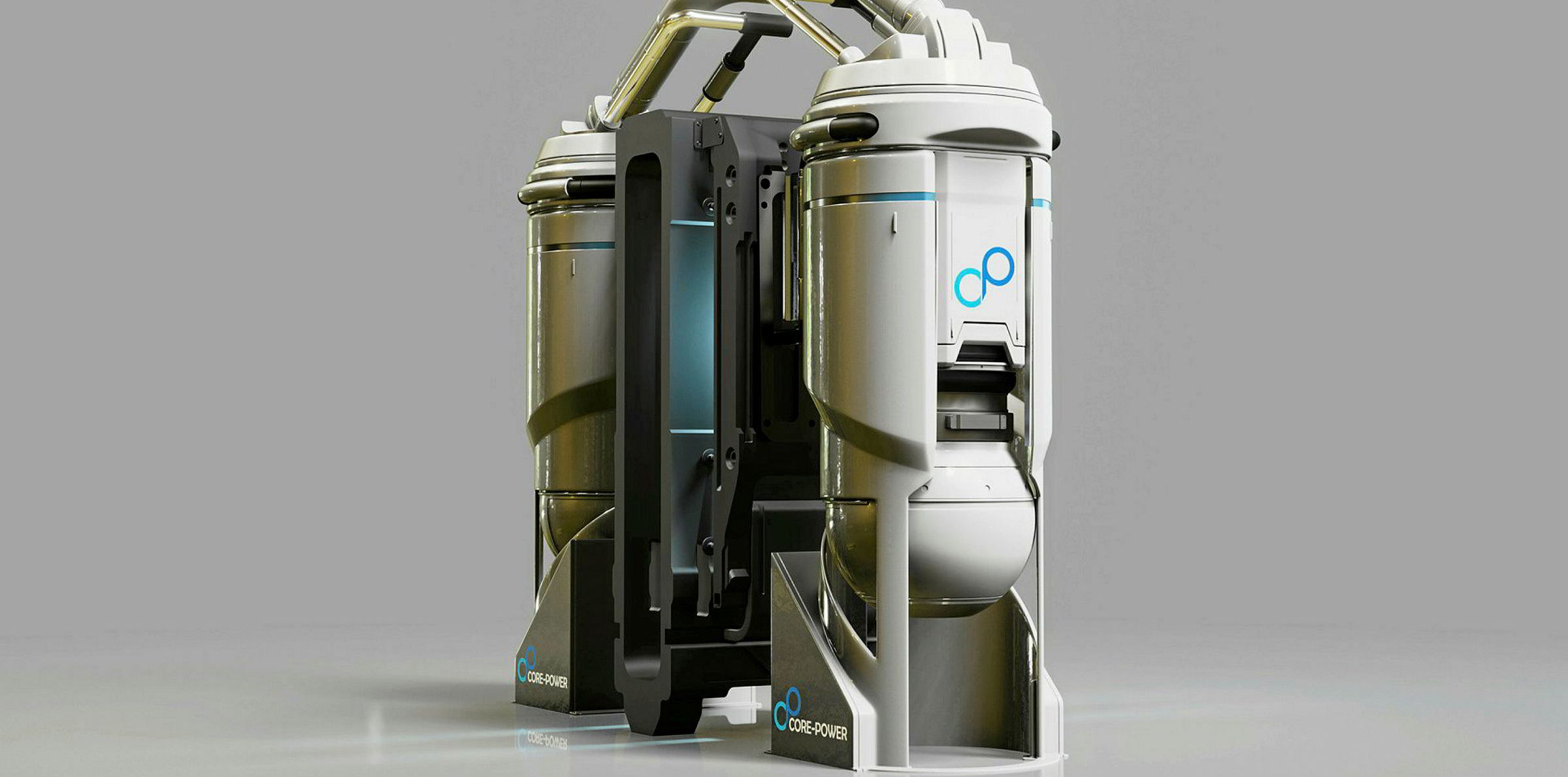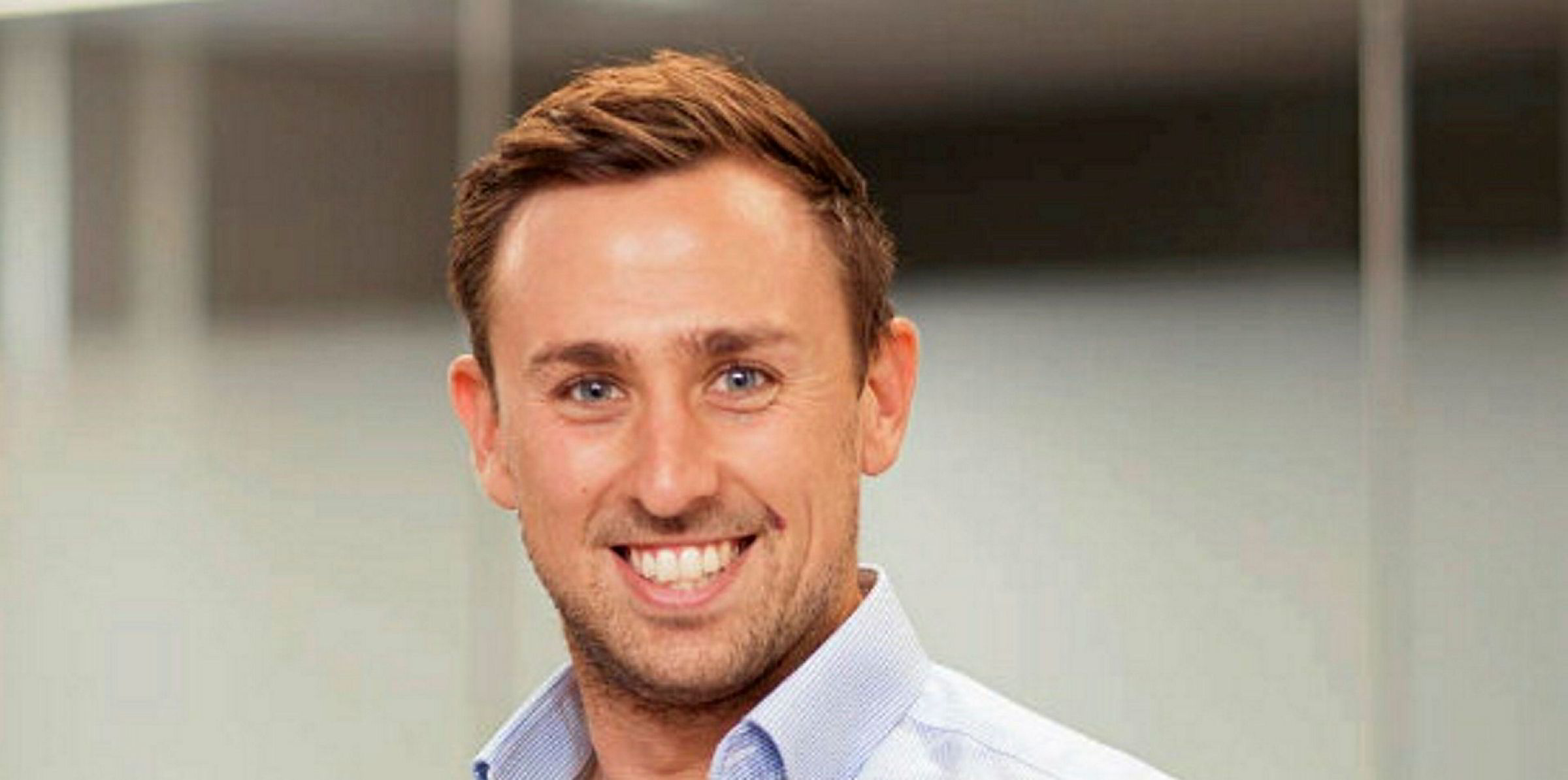Core-Power chief executive Mikal Boe believes anxiousness towards radiation is at the heart of public "fear" of atomic power.
"The fact is that the amount of radiation we’re exposed to outdoors, on a plane, swimming in the sea and walking in the mountains, is way greater than anything we’re exposed to from atomic power," he told TradeWinds.
So how safe is the marine molten salt reactor (m-MSR) technology that his company is developing?
Core-Power compares the difference between conventional nuclear reactors and molten salt reactors (MSRs) to that between a pressure cooker and caramel melting in a pan.
The first is super-hot and super-pressurised so could theoretically blow up if overheated and pressure gets too high. The other is just hot and molten with no pressure, and would solidify if something went wrong.
"We know that ships could at some point sink with the m-MSR on board," Boe said.
But he added that this is when the passive safety aspects of the m-MSR really come into their own.
"A passive fail-safe cut-off would immediately drain the fuel from the m-MSR into separate cavities, stopping any reactivity and thereby allowing the fuel to cool," the Core-Power boss said.
"This would happen quickly, whether the reactor is upright, on its side or even upside down. The fail-safe is not a matter of operator activation, but a natural and inherent characteristic fail-safe of the system."
Reactor would be entombed
Boe added that when the fuel cools below 400C, it freezes into a solid rock-like substance and entombs the m-MSR, stopping all power production.
There is no release of gas, because none is produced, and he said there would be no spread of toxins into the environment.
Not all shipowner concerns about nuclear relate to safety.
BW Group boss Andreas Sohmen-Pao has warned that nuclear power could devastate the tanker sector and reduce the world's fleet, because vessels will be travelling 50% faster due to the cheap nature of the fuel.
Core-Power chief executive Mikal Boe compared the current upheaval in shipping to that of the 1840s, when steam engines replaced sail.
"The steamship and then the motorship was the major driver of trade globalisation and an increase in international trade that was unprecedented in human history," he said. "Now, we're coming to the end of that era."
With MSR-powered ships, he added that the industry can rethink the way vessels are designed, what they're designed for and how they are used.
"Challenging for some maybe, but the opportunity of a lifetime for others," Boe said.
The molten salt system eliminates the problem of proliferation of spent fuel almost entirely.
Boe said the reason why conventional nuclear technology is a non-starter for shipping is that a regular nuclear reactor consumes less than 1% of the energy in its fuel and has to be refuelled every one to two years.
"This could mean masses of spent fuels in ports, which could then end up in the wrong hands and be used as a threat," he said. "The m-MSR will be fuelled for life, so there is no refuelling and spent fuel to handle in any port, period."
Boe's target is to have an m-MSR-powered fully electric ship built with strong security safeguards, such as powerful electric deterrents for pirates and emergency remote control of the ship.
"It's fully expected that all IMO and class regulations around this issue will be heavily covered and should put a lid on security," he said.
Port problem disappearing?
One challenge is the widespread belief that many ports around the world would not allow a ship with a reactor to call.
"While that’s true for conventional nuclear reactors, with the m-MSR, we believe this will change quickly," Boe said.
"The concerns that are voiced, and which stop atomic ships from calling, are born from conventional nuclear light water reactors, whose spent fuels and potential radiation accidents are in people's minds. These factors are simply not present with the m-MSR."
Boe believes older people worry about radiation, but younger people are more open to the science.
"College kids, people who follow Greta Thunberg, Greenpeace leaders, Extinction Rebellion, a rapidly increasing number see atomic as the way forward," he said. "I didn't see this two years ago.
"Now that we’re facing such stark choices about how to design future energy systems, the time has come to reassess our attitudes towards radiation."
Boe called radiation "a perfectly natural thing" that, like everything else, is nothing to be afraid of in small portions.
"Even the best-known accidents involving atomic energy have led to very few casualties or even sickness," he said. "Statistically, it really is the safest energy source, but the Cold War made us fear the word ‘nuclear’."
Generations of life
Core-Power says very little spent fuel is produced during each cycle and, at the very end, the company expects the full fuel load to be added to large-scale terrestrial MSRs for final consumption.
"Bear in mind that we can get 25 MW for 25 years from less than a cubic metre of fuel, with a couple of pints of waste, compared to 500,000 cubic metres of bunker fuel resulting in over a million tonnes of CO2, for the same ship," Boe said.

Core-Power founder Mikal Boe, who has a track record of almost 30 years in shipping, said the world has had a taste of the benefits that a revolution in fuels can bring.
"The Covid-19 crisis of 2020 has shown the world what our planet can look like without air pollution from transport and industry," he told TradeWinds. "Clear blue skies in the most polluted cities, and clean water running in the dirtiest rivers have given us hope."
But he added that an environmental paradise cannot be built on an economic graveyard, so a radical new energy source is needed.
"Change — the large, meaningful kind — is often a paradoxical experience," Boe said. "Inevitably, it takes decades, often generations. Yet, just as inevitably, it feels very fast when it comes.
"Based on the events of 2020, we might now find ourselves at the dawn of the very fast change in the journey of advanced, small modular reactors to commercialisation.
"A new force is coming that can greatly accelerate our energy transition."
Currently, there are about 200 nuclear vessels, ranging from aircraft carriers to submarines and ice breakers.
Boe said these ships have shown impressive safety records and virtually no emissions.
But they use conventional pressurised water reactors that run on military-grade high enriched uranium (HEU), which would lead to proliferation if used for the wider merchant fleet.
MSRs were initially devised in the 1960s. A 7.4 MW test reactor was operated at Oak Ridge National Laboratory in the US from 1965 to 1969.
However, the "big oil lobby" did its bit to get the first US projects canned, Boe told TradeWinds.
"A second atomic era is coming, because it has to and it's the only way to properly solve the climate challenge we face," he said. "It will become the most important investment class over the next decade."





